How to Manage Web Hooks
Web Hook List and Definition
To access the registry click on the three-dot icon in the toolbar under the settings section, as shown in the figure.
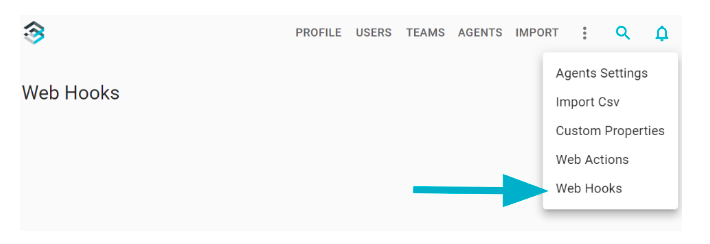
The page displays the hooks currently defined in Blindata, with the possibility of adding new ones through the blue FAB button located at the bottom right.
To define a new web hook, click on the FAB inside the registry page to open the insertion form.

The configuration of a web hook is completely analogous to that of a web action. The following are determined:
- Name: the name of the web hook
- Description: optional description of the web hook
The second part, “Request Template,” allows the definition of the HTTP request to be made. In particular, we can define:
-
Headers: by clicking on the “+” button next to the header, it is possible to define in a separate form the header to be included in the request as shown in the figure.
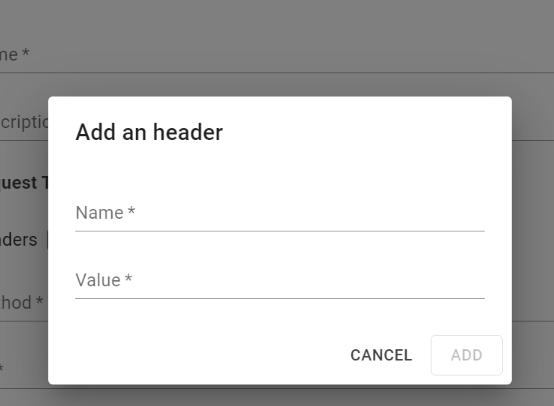
-
Method: the method to use for the HTTP request. The available methods are:
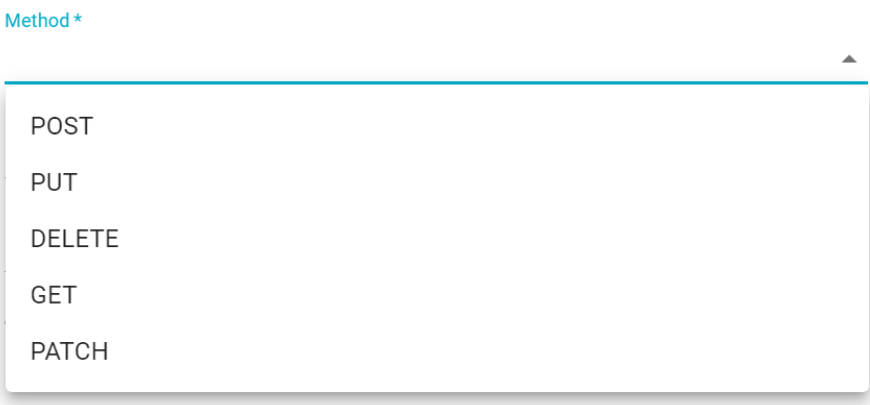
-
Url: request’s endpoint
-
Body: request’s body
-
Template Params: additional dynamic parameters to be included in the HTTP request. By clicking on the “+” icon next to the header, the form dedicated to inserting parameter values opens.
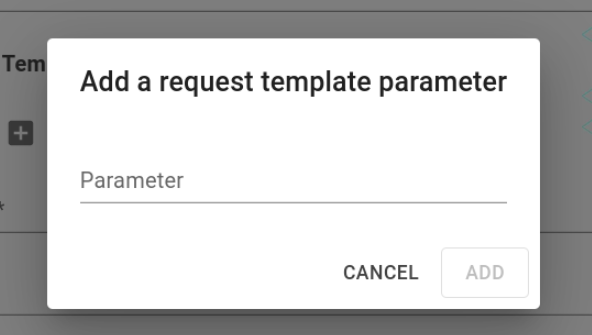
In this form must be defined the dynamic parameters on the body request.
Web Hook In Detail
The detail page:
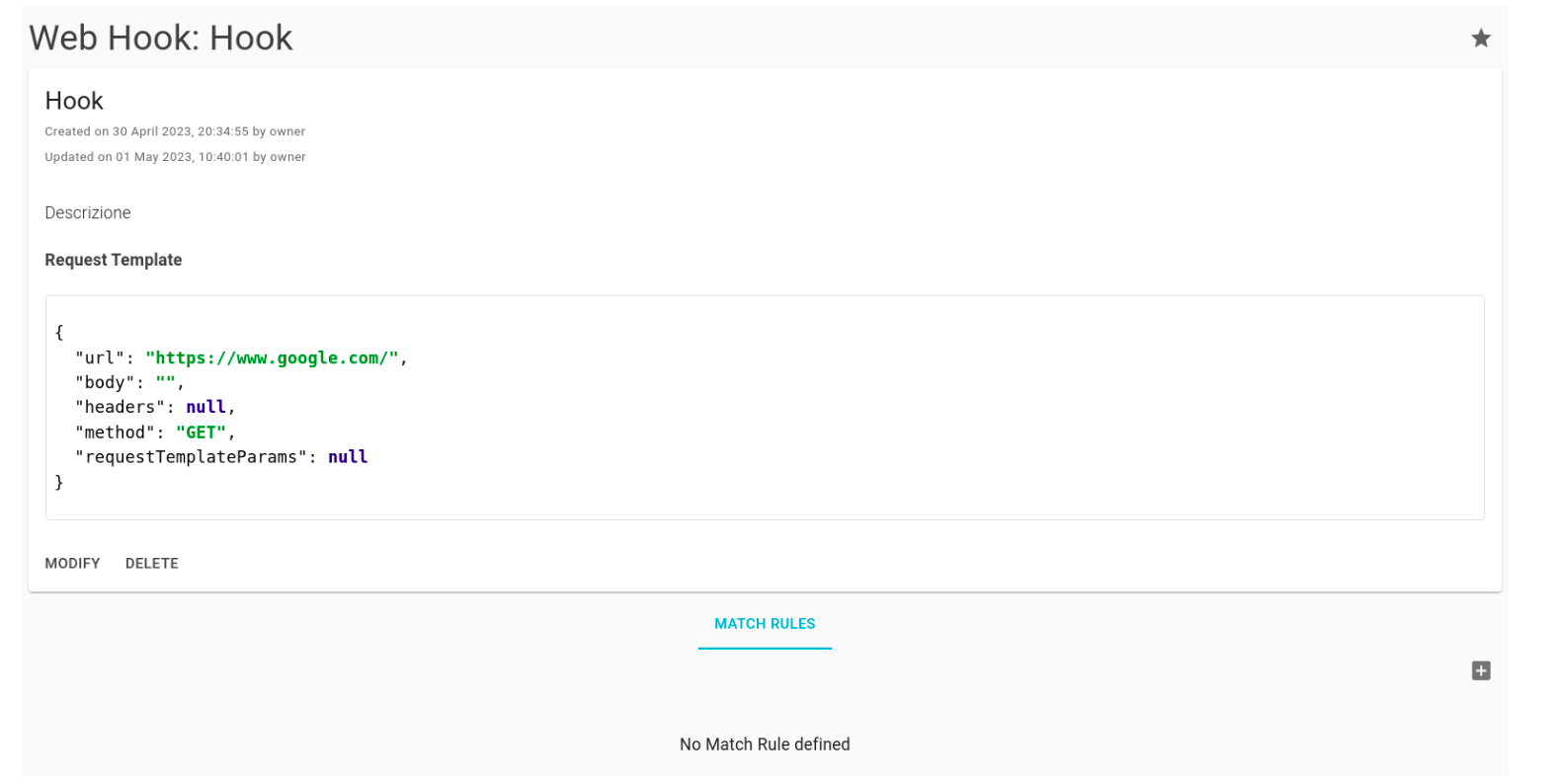
In this page is possible to find:
- Hook’s Name
- Creation User date
- Last user that edited the hook and update date
- Description
Immediatly after this general info section, there’s the request template section. In the second part of the page, the rules for triggering the generated web hook are defined for actual use. If the rule is already present, it will be shown.
To define a new rule, simply click on the “+” button as shown in the previous figure. For more details on the rule definition, please refer to the next paragraph. Lastly, the page is completed with the “Modify” and “Delete” buttons, respectively for modifying and deleting the web hook.
Lastly, the page is completed with the “Modify” and “Delete” buttons, respectively for modifying and deleting the web hook.